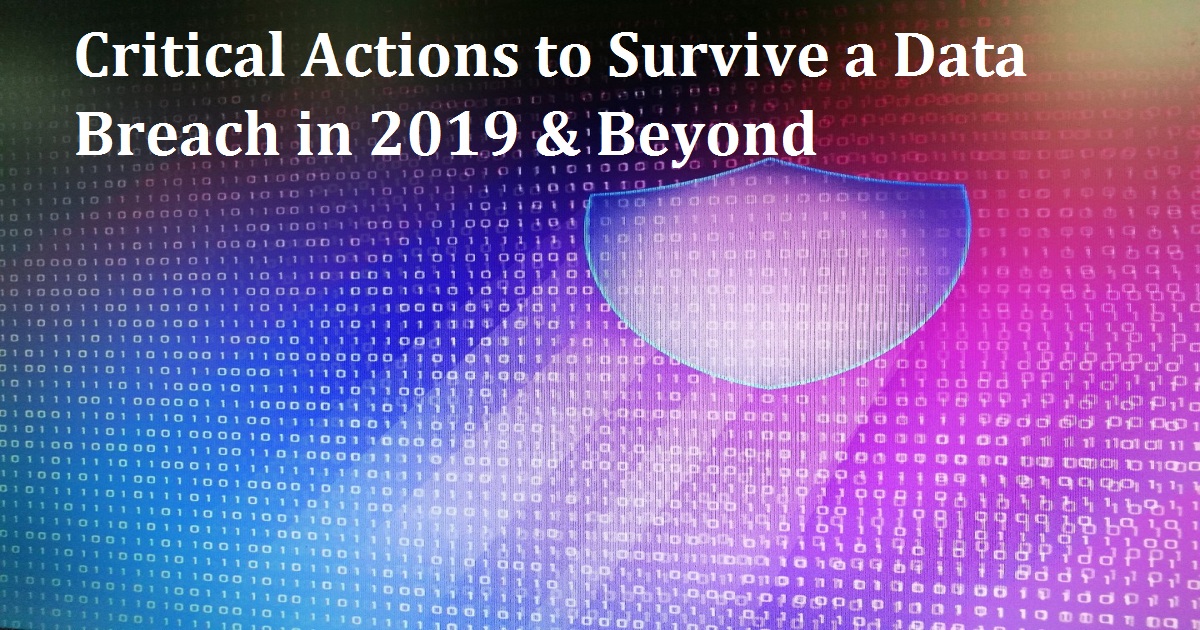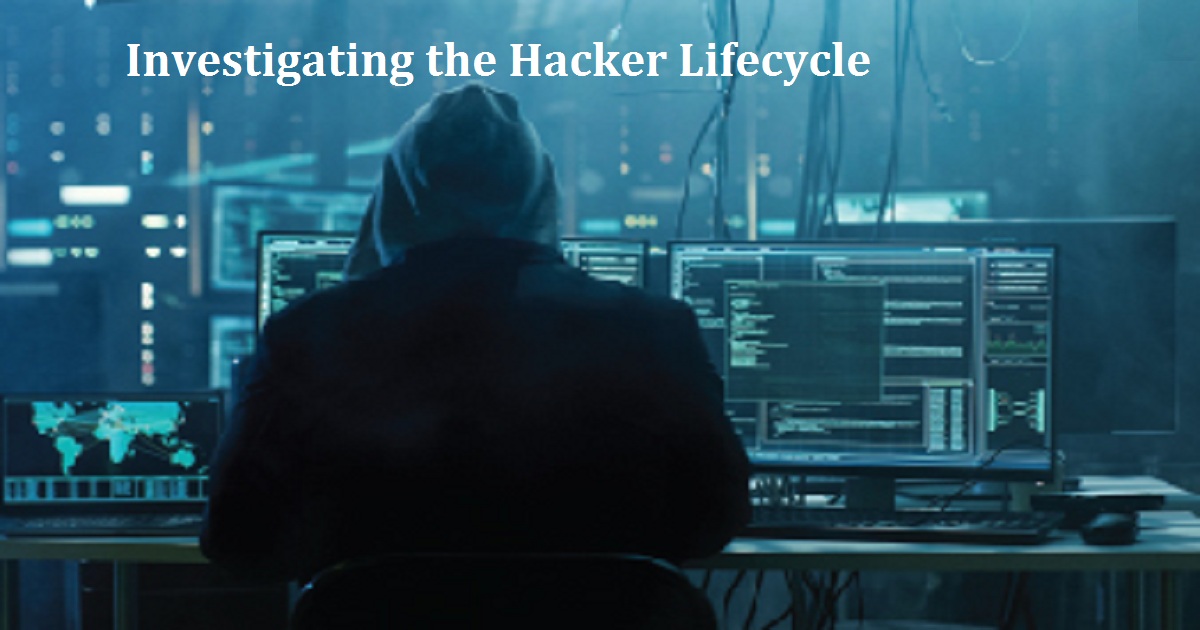
BitSight
Learn how to prepare for and survive a data breach. With large-scale data breaches continuing to make the headlines in 2018, today’s organizations face a cybersecurity landscape more difficult to navigate than ever before. When it comes to data breaches, the risk for organizations is high, from the easily calculable costs of notification and business loss to the less tangible effects on a company's brand and customer loyalty. Cyber attacks that target and infiltrate critical infrastructure are very real and for the United States, it’s not a matter of if, but when.
Watch Now

Businesses are under attack, hackers are getting smarter, and the cost of a ransomware attack is going up. The average cost of an attack for small to medium size businesses? $200,000. For enterprise organizations, attacks cost, on average, $14.8 million annually. And even, scarier, 60% of small to medium-sized businesses that are hacked go out of business within six months.
Watch Now

AITP
One of the hottest topics at RSA San Francisco 2019 was the Mitre ATT&CK framework. Along with the Lockheed-Martin Kill Chain, it has become a standard reference model for cybersecurity professionals. Specifically, it is used to describe each stage of an attack. Pen testers, security analysts and Security Operations Center (SOC) professionals must learn how to mature their operations, as well as hone the skills of red team and blue team workers.
Watch Now

With supply chain transparency and digital transformation being among the top organizational priorities, cyber-related issues have become one of the top risks to businesses.
Most companies don't consider their supply chain vulnerability when thinking about cybersecurity. Yet, supply chain risks could include multiple functions across the flow of information, products and services – needing the attention of all entities involved. Supply chain security is every company's responsibility.
Watch Now